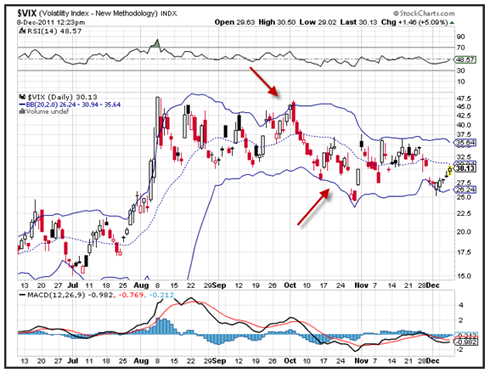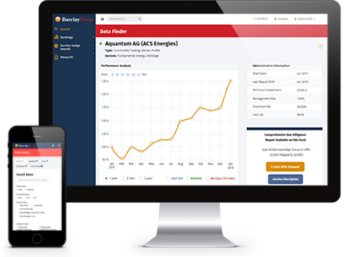Hedge fund strategies are the backbone of return generation for the hedge fund community. One of the most profitable are options strategies which can generate healthy and stable returns. Options strategies range from complex volatility strategies to a simple covered call approach.
Options are the right, but not the obligation to purchase an asset at a specific price on a specific date and time. Options exist in both the regulated exchange environment as well as in the over-the-counter market. Simple vanilla options are calls, which give an investor the right to purchase an asset, and puts, which give an investor the right to sell an asset.
Options are priced using a formula, the most famous being the Black Scholes model. The major components to the model are the current price of the asset, the strike price, interest rates, the time to expiration and implied volatility.
Implied volatility is considered the most important component of options valuation. This variable is created by the marketplace. It can be defined as the perceived fluctuation in prices of an asset over the course of a specific period from the current price on an annualized basis. Implied volatility is different from historical volatility in that implied volatility is not the actual movements, but instead the estimated future movement of an asset price.
Many options strategies are geared toward speculating on the direction of implied volatility (IV) which is a mean reverting process. One of the easiest ways to speculate on implied volatility is to trade futures or ETF's that follow the direction of implied volatility. For example, one of the most prolific products is the VIX volatility index which measures the level of at-the-money implied volatility of the S&P 500 index.
Generally, implied volatility moves around in a well defined range which allows strategies to create an approach in which IV is purchased at the bottom end of a defined range, and sold at the upper end of a defined range as shown in the graph below which uses Bollinger bands. This study uses a 2-standard deviation around a 20-day moving average as its range levels.

Other types of volatility strategies include purchasing and selling Straddles, Strangles and Iron Condors. These types of strategies attempt to take advantage of not only implied volatility, but additionally the shape of the volatility strike map curve. The skew, which is defined by the shape of the volatility curve, changes as supply and demand for out of the money options change. The skew fluctuates independently and does not follow at-the-money implied volatility which is the benchmark for volatility trading.
A Straddle is a strategy where the portfolio manager purchases or sells at-the-money calls and puts at the same strike, which is also the most liquid of the current available options. To buy or sell out of the money options simultaneously, an investor would transact a Strangle. An Iron Condor is the simultaneous purchase and sale of a call spread and a put spread.
Other strategies include covered call selling, which is an income producing trading strategy, along with outright naked long and short sales of options. Covered calls allow a portfolio manager to hedge their downside exposure and receive a guaranteed income in return for capping the upside. Naked calls and puts simultaneously speculate on the direction of the underlying market along with the direction of implied volatility.
Get comprehensive and up-to-date information on 6100 + Hedge Funds, Funds of Funds, and CTAs in the Barclay Global Hedge Fund Database.


